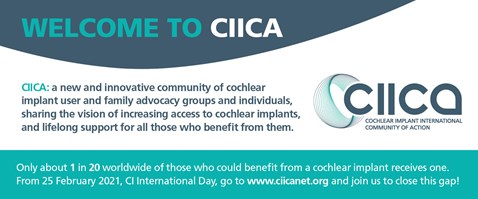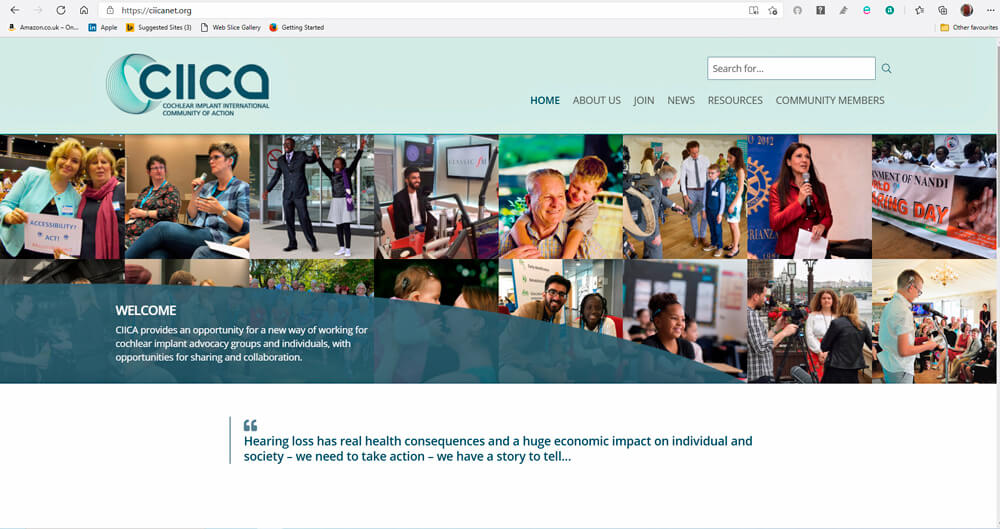
The 25 February was International Cochlear Implant (CI) Day. Over 50 years after the introduction of CIs, how far have we progressed in ensuring access to CI and CI services for those who could benefit? Only between five and 10% of those who could benefit from a CI in high-income countries receives one, and in low- and middle-income countries the situation is more challenging. This in spite of the evidence of safety, effectiveness and cost-effectiveness.
We conducted a global consultation which demonstrated the value of advocacy activities in changing public health policies and huge support for increased working together to close this gap in CI provision. The formation of the CI International Community of Action, CIICA, with the vision of a world where access to CI and lifelong support are available for those who could benefit, is set to address this gap.
Fundamental to this goal was a digital platform where diverse advocacy groups and individuals could share resources and activities and inspire each other to action. Our 60 founding organisations and individuals launched CIICA online on International CI Day, but some real events were managed, including a dawn meeting at Sydney Harbour by CICADA Australia with breakfast press coverage. Eddie Mukaaya, a parent, founder of Hear His Voice Uganda and member of the CIICA steering Group said:
“This is so exciting: CIICA will further CI advocacy globally and those of us in developing countries will benefit from such a platform...”
CIICA is led by CI users and family advocacy groups, with professionals and leaders in the CI field and other stakeholders. As one user told us, we need a group “united by a common mission and goals to maximise access to and lifelong support for cochlear implantation…” If you share these aspirations go to www.ciicanet.org and have a look at what our founding members are doing already and register either as an organisation or individual and join this global CI village to achieve change.
By Sue Archbold, PhD, Leo De Raeve, PhD, Brian Lamb, OBE.




